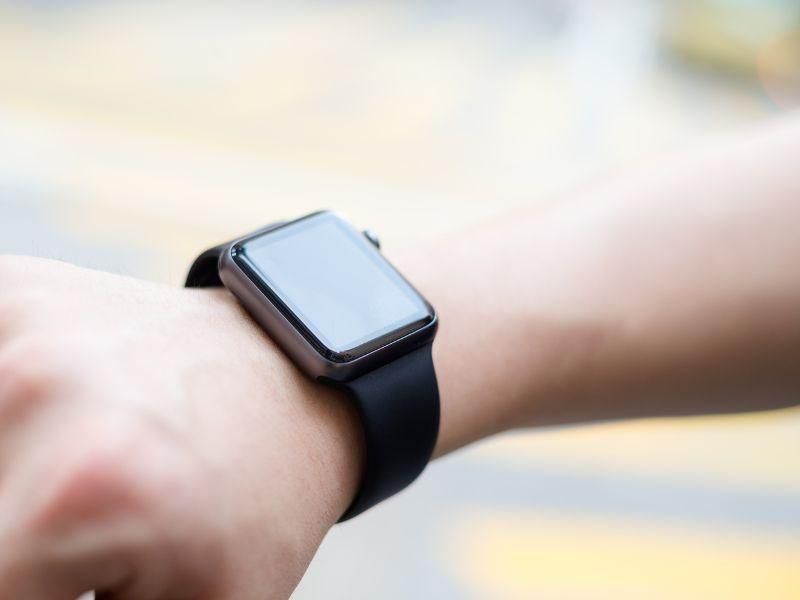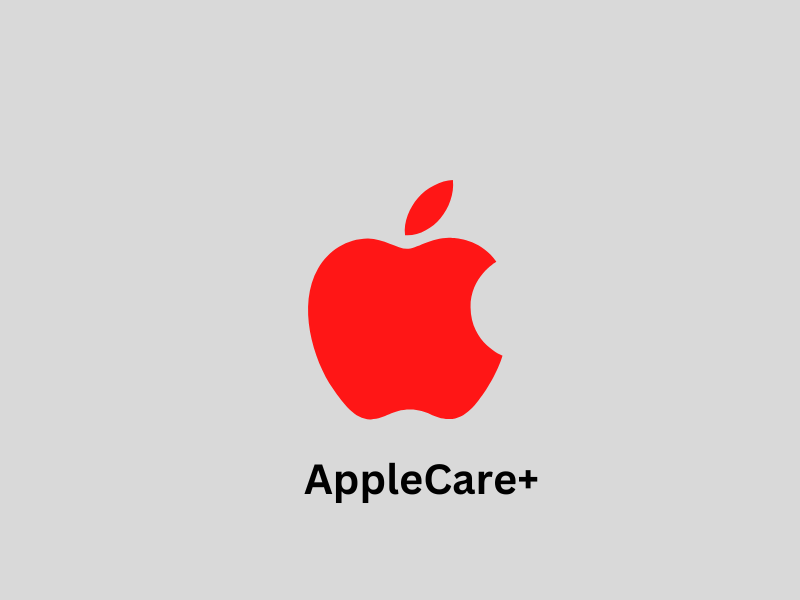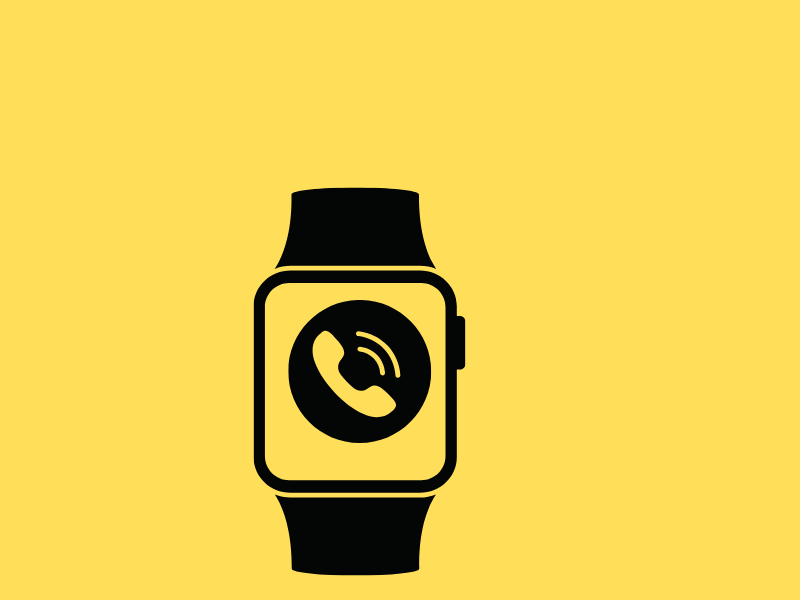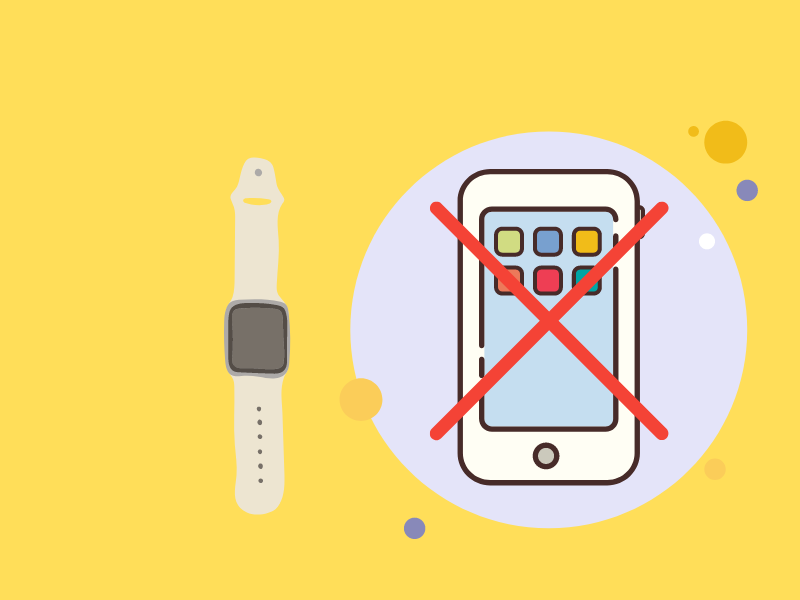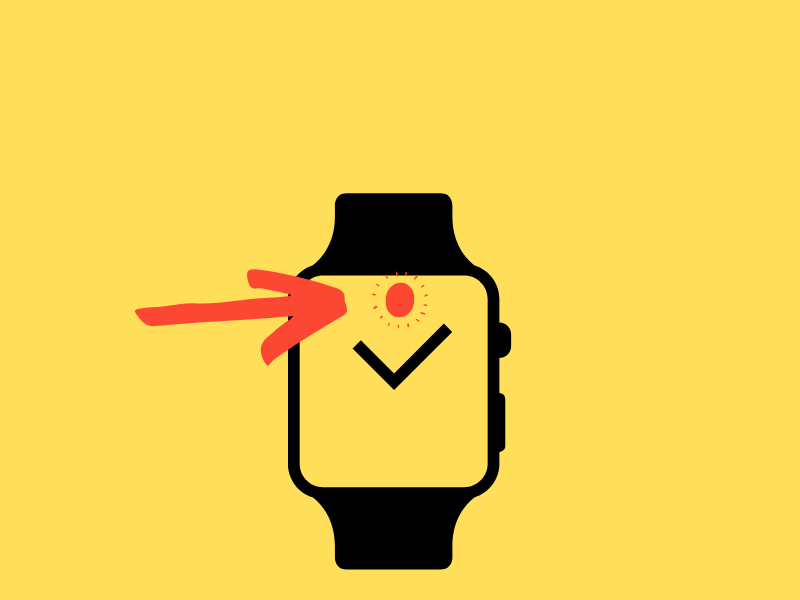Does the Apple Watch detect Sleep Apnea?
The Apple Watch is a wearable gadget that monitors your health in several ways, including the quality of sleep you get. The Apple Watch has many features that are meant to help people develop healthier sleeping habits. The “Nighttime” function, for instance, lets users define a bedtime routine and get messages to help them wind down before bed. There is a “Wind Down” section with guided meditations, relaxing sounds, and other options to help users wind down before bedtime. But can those with sleep apnea use the Apple Watch to detect this sleep apnea condition?
In this article, we’ll investigate this subject in detail and discuss how the Apple Watch may aid those with Sleep Apnea.
What is Sleep Apnea?
Repeated pauses in breathing during sleep characterize sleep apnea, a sleeping disorder. Apneas are brief pauses in breathing that disrupt sleep and may happen many times each hour. Sleep apnea can cause you to wake up often at night, which can hurt the quality of your sleep and make it hard to function during the day.
Sleep apnea affects anywhere from 4% to 24% of American people. It strikes more often at older ages and is more prevalent in males and those who are overweight or obese. Sleep apnea makes you more likely to get high blood pressure, heart disease, and a stroke, all of which can kill you if they aren’t treated. Because of this, anyone who believes they have the illness should get checked out by a doctor.
Does the Apple Watch detect sleep apnea?
The Apple Watch has some sensors that could detect sleep apnea, but it is not a medical device and shouldn’t be used in place of a professional medical diagnosis.
The Apple Watch’s ability to monitor heart rate is one function that might be valuable in the diagnosis of sleep apnea. An elevated heart rate during apnea episodes is one symptom of sleep apnea. The Apple Watch’s built-in heart rate sensor can keep tabs on a user’s rhythms throughout the day and night, and it may be able to pick up on irregularities that would otherwise go undetected, such as those caused by sleep apnea.Studies and analyses done to find out how well the Apple Watch can spot sleep apnea
The effectiveness of the Apple Watch in apnea monitoring has been the subject of a few studies.
The accuracy of the Apple Watch in diagnosing sleep apnea was compared to that of home sleep testing equipment in a 2019 study that was published in the Journal of Clinical Sleep Medicine. Thirty people who might have sleep apnea wore an Apple Watch and home sleep testing equipment for seven nights as part of the study. The results showed that the Apple Watch could detect sleep apnea as well as home sleep testing equipment, which was about 70% of the time.
The accuracy of the Apple Watch in identifying sleep apnea was also assessed in a group of 37 individuals with verified sleep apnea in a 2018 research published in the Journal of Clinical Sleep Medicine. Sleep apnea could be detected by the Apple Watch with an accuracy of around 90%, according to the study, however, the researchers highlighted that this finding may have been skewed by the fact that all of the study participants already had a diagnosis of sleep apnea.
Even though more research is needed, these tests suggest that the Apple Watch may be able to diagnose sleep apnea with a moderate degree of accuracy.
Even though more research is needed, these tests suggest that the Apple Watch may be able to diagnose sleep apnea with a moderate degree of accuracy.
Apple Watch’s sleep apnea detection limitations
There are certain drawbacks to utilizing the Apple Watch to diagnose sleep apnea.
Before anything else, know that the Apple Watch is not a medical device and is not meant to take the place of a professional medical diagnosis. It is not a conclusive way to diagnose sleep apnea and shouldn’t be used to do so, but it may be able to pick up on some patterns that could be signs of it.
The Apple Watch may not be able to identify all forms of sleep apnea, which is another of the device’s drawbacks when it comes to monitoring for the condition. In general, sleep apnea may be divided into two categories:
- Obstructive sleep apnea (OSA). OSA is caused by a physical blockage of the airway, like when the throat muscles relax while sleeping.
- Central sleep apnea (CSA). CSA happens when the brain doesn’t send the right signals to the muscles that help you breathe.
Since OSA is often accompanied by changes in heart rate and movement, the Apple Watch may be able to pick up on it better than CSA. On the other hand, CSA may be harder for the watch to pick up on.
Also, the Apple Watch’s ability to accurately diagnose sleep apnea may depend on some factors, such as how the user sleeps and what kind of Apple Watch is being used. The accuracy of the Apple Watch’s sleep apnea detection may be affected by characteristics such as body mass index and age, according to some research, while other studies have shown the opposite to be true.
Do not rely on the Apple Watch as a gold-standard diagnostic tool, even if it may be able to pick up on patterns that suggest sleep apnea is present. If you suspect you have the illness, you should see a doctor to get a proper diagnosis and start on a treatment plan.
Reasons why a medical evaluation is necessary for a sleep apnea diagnosis
There are a lot of good reasons to have a medical checkup for a sleep apnea diagnosis.
First of all, a medical exam is the only way to know for sure if someone has sleep apnea. Sleep apnea may not be found until a patient’s medical history, physical exam, and sleeping habits are carefully examined. A sleep study, which may be performed either in a clinical setting or at home, is one possible part of this assessment. Sleep apnea can only be diagnosed with certainty by a doctor or sleep specialist who looks at the results of a sleep study.
Sleep apnea can have big effects on a person’s health if it isn’t taken care of, so a medical evaluation is also important. An increased risk of hypertension, cardiovascular disease, and stroke have been linked to sleep apnea. People with sleep apnea may be able to sleep better and reduce their risk of getting these problems if they see a doctor and get a thorough diagnosis and treatment.
It’s important to see a doctor because there are many ways to treat sleep apnea, and the best one will depend on the person’s specific condition and way of life. A healthcare provider can help figure out the best way to treat sleep apnea. This may involve making changes to one’s lifestyle, like losing weight or giving up smoking, or using a medical device, like a continuous positive airway pressure (CPAP) machine.
Conclusion
The Apple Watch may be able to detect sleep apnea because it has a heart rate sensor and can track a person’s movements while they are sleeping. Some research suggests that the Apple Watch may be able to find sleep apnea with a good degree of accuracy. However, this may depend on several factors, such as the wearer’s unique sleeping habits and the type of Apple Watch being used.
However, it’s crucial to remember that the Apple Watch isn’t a diagnostic tool, and it shouldn’t be used in place of a visit to the doctor.
Don’t assume that your Apple Watch or any other wearable device can reliably diagnose sleep apnea on its own.
If you have any questions, kindly ask them in the comments below.
For more featured articles like this, go to our home page.
